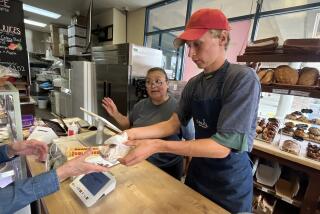Role of Amateur Radio Operators in Earthquake
- Share via
As many may not be aware, the earthquake that struck Mexico City, along with the damage being reported, completely shut off that city from international communications.
Within a few hours after the disaster, messages again began to flow between Mexico City, the U.S. and all parts of the world by means of amateur radio operators. The messages were of all sorts. Official statements of death and damage, the coordination of one of the first planes to leave San Francisco and its arrival in Mexico City with relief supplies and possibly closer to the hearts of the people involved, the health and welfare messages between our countries as to who was alive and well and the sad alternate.
In the four or five days immediately following the quake literally thousands of messages went back and forth and many, many amateur operators were on the air practically 24 hours of the day, almost living at their operating stations.
I was able to contribute a very little to this effort, but what I did was most rewarding. Let me quote one reply to a phone call that I made: “Oh thank God for the news. My husband had a recent heart attack and this worry had just about brought on another one. Thank you, thank you.”
And all of this at no cost to the amateur except in time, equipment, electricity consumed and phone calls.
So, you may ask, what is the point of all this self-congratulating and back-patting?
Simply this:
The next time you look up at one of those “ugly” amateur radio antenna and condemn it as an eyesore, stop and reflect for a moment. Think how beautiful it will look when--not if--WHEN you are in the same position as the people of Mexico City.
And to those communities that absolutely positively forbid antennas, I strongly urge you to delegate one of your people to learn to send smoke signals. It will be all that you have.
CYRIL J. NUGENT
Laguna Beach
More to Read
Sign up for Essential California
The most important California stories and recommendations in your inbox every morning.
You may occasionally receive promotional content from the Los Angeles Times.













